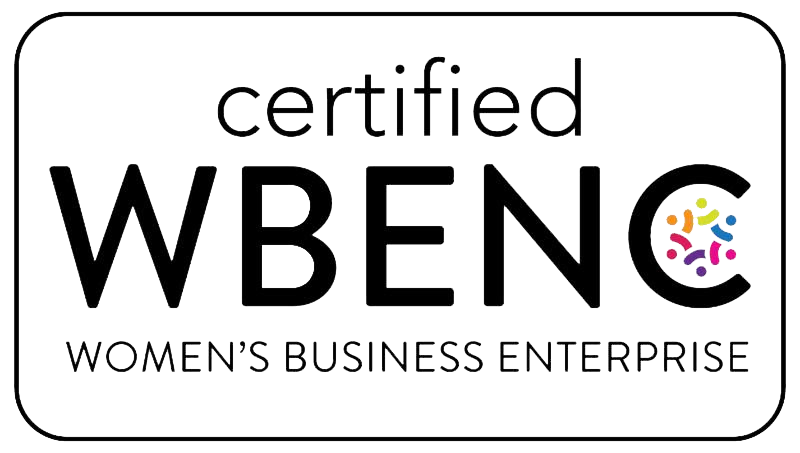Overloading Employees with Information
Compliance training is essential for organizations to ensure that employees understand legal requirements, company policies, and ethical standards. However, compliance training often involves a vast amount of information. In an effort to cover everything in one session, organizations sometimes overwhelm employees with too much content at once. While it may seem like a good idea to provide a comprehensive overview in a single training, this approach can actually be counterproductive. When employees are bombarded with large amounts of information, they are more likely to forget key details or become frustrated with the training process, reducing its effectiveness.
Mistake: Information Overload One of the most common mistakes in compliance training is attempting to fit too much information into a single session. Compliance training typically covers multiple complex topics, such as legal regulations, internal company policies, industry standards, and ethical guidelines. Expecting employees to absorb and retain all of this information in one sitting is unrealistic. Employees may struggle to keep up, especially when they are presented with intricate legal language, detailed policy explanations, and complex concepts that are all interconnected.
As a result, employees often feel overwhelmed, leading to disengagement. When employees can’t process or retain the information being presented, they are less likely to remember important regulations or policies, putting the organization at risk of non-compliance. Additionally, the sheer volume of information can cause frustration, reducing the overall effectiveness of the training and decreasing employee morale.
Furthermore, when employees are overloaded with content, they may only focus on getting through the session, rather than truly understanding the material. This can create a false sense of compliance, where employees believe they have absorbed the necessary information simply because they have completed the training, even though they may not have fully grasped all the details.
Solution: Break Training into Manageable Segments To avoid the issue of information overload, compliance training should be broken down into smaller, more digestible modules. Instead of overwhelming employees with an exhaustive, one-time training session, consider spreading the content across multiple shorter sessions. These sessions can be scheduled over several days or weeks, giving employees time to absorb the material, reflect on it, and apply it to their roles.
Breaking the content into smaller segments has several benefits. First, it allows employees to focus on one topic at a time, making it easier for them to process and retain information. Employees are less likely to feel overwhelmed when the material is presented in manageable chunks. This approach also encourages active learning, as employees can engage with the content more effectively, rather than passively absorbing information.
Moreover, spacing out training sessions provides employees with time to digest the information and ask questions if necessary. It also allows the organization to assess employees’ understanding of each topic before moving on to the next one. By dividing the training into smaller sections, employees can reinforce their learning and build on previous knowledge, ensuring a deeper understanding of compliance concepts.
In addition to breaking training into smaller segments, organizations should provide employees with access to ongoing resources and reference materials. After completing a training session, employees may benefit from having a resource they can refer to when they need a refresher. This could include digital handouts, recorded training sessions, policy documents, or FAQs. Ongoing access to resources helps reinforce key concepts and allows employees to review information as needed, increasing retention over time.
Rather than cramming all compliance information into one overwhelming training session, organizations should break down the content into smaller, manageable modules. This approach makes the information easier to absorb, increases retention, and allows employees to engage with the material in a more effective way. By offering training in segments and providing additional resources for ongoing reference, organizations can ensure that employees are better equipped to understand and apply compliance knowledge in their daily work. This method leads to a more informed workforce, improves compliance outcomes, and reduces the risk of non-compliance due to information overload. In the end, a thoughtful, paced approach to compliance training benefits both the organization and its employees.


